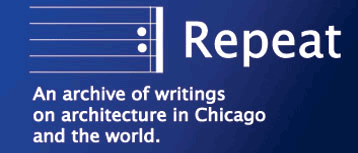

  |
||||
|
|
Beyond the Trailer Park Introduction |
||
|
In 1908, Sears, Roebuck published a specialty catalog, Book of Modern Homes and Building Plans, that sold 22 styles of houses. In 1915, Sears began selling kit homes, consisting of up to 10,000 numbered parts and a set of instructions showing the buyer how to put the whole thing together. The catalogs promised substantial savings: "$945 Builds This $1,500.00 to $1,800.00 Eight-Room Bungalow Style House," read one typical ad. Although a number of other companies - including Montgomery Ward - sold houses by mail, Sears was the most successful. By 1925, it had sold 30,000 homes. Introduction - Design Innovations in Manufactured Housing at the Field © Copyright 2005 - Photos and text by Lynn Becker All rights reserved.
|
Design Innovations in Manufactured Housing at the Field Museum ------------------------------------------ --Exhibition Architects -- Ali Tayar david baker + partners Bryan Bell - Design Corps David Khouri Estudio Teddy Cruz Garofalo Architects Sumo Architects Taylor & Burns architects ------------------------------------------ American Planning Association Affordable Housing Reader City of Chicago Five Year Affordable Housing Plan Dwell Home fabprefab FLATPAK House Loftcube Project Manufactured Housing Institute Michael Graves & Associates Michael Graves Pavilions Resolution 4: Architecture Sears Archives- Sears Model Homes Sears Catalogue Homes on Old House Web Sears Catalogue Homes in Downers Grove Sears Catalogue Homes on The Arts & Craft Society website Shipping Container Prefab The Houses that Sears Built, by Rosemary Thornton Tumbleweed Tiny House Co. |
||